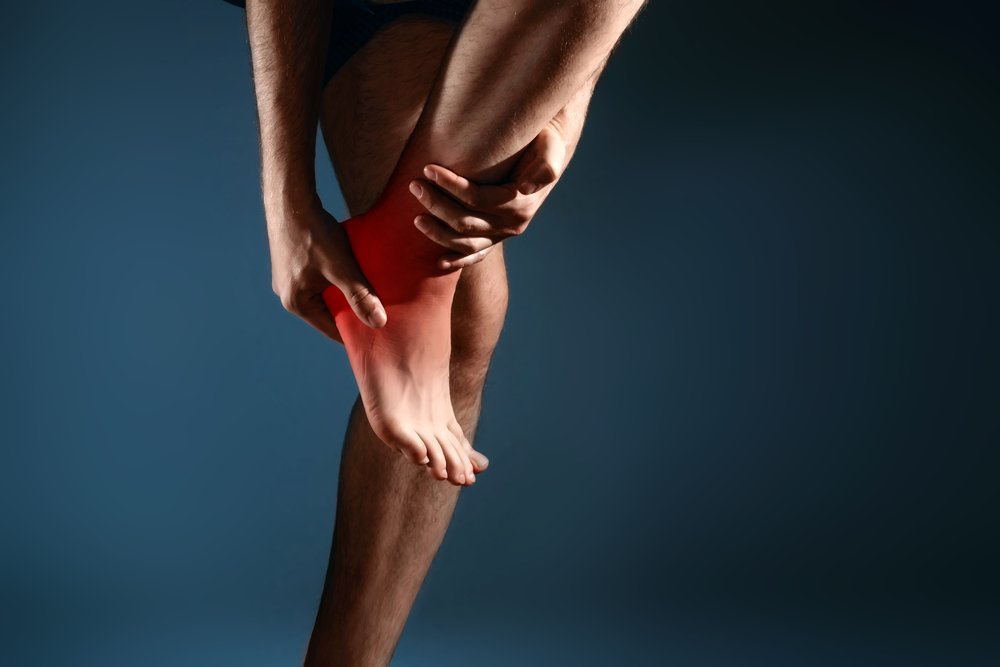New Guidelines for Foot Care in EB Stress Use of Podiatrists, Proper Footwear

New guidelines on foot care for people with epidermolysis bullosa (EB) highlight the benefits of proper care and footwear, and recommend that a podiatrist be involved in routine health checks for people with EB.
The guidelines, “Foot care in Epidermolysis bullosa: Evidence-based Guideline,” were published in the British Journal of Dermatology.
Around 90% of people with EB have at least one problem with their feet, such as blistering and corns on the skin or structural problems with the foot’s positioning. Despite this, many podiatrists (foot doctors) don’t know much about EB — and, in fact, there isn’t much research on foot health in EB.
The new guidelines were developed by a panel of disease experts, including doctors, researchers, and EB patients. They conducted a review of the available scientific research, combined with their own personal experience, to create an exhaustive list of foot-related problems that occur in people with EB, and the treatments that are most likely to be helpful.
These detailed guidelines are aimed at podiatrists who might be treating patients with EB; one of their strongest recommendations is increased education for these healthcare providers.
As far as disease management, the guidelines strongly recommend podiatric care for skin problems on the foot, including blistering and the formation of callouses or corns (hyperkeratosis). Both of these can be treated if they form — blisters lanced and callouses removed — but prevention is really the key: finding the right footwear can minimize friction to reduce blister formation, and redistribute pressure to lower the likelihood of callouses forming.
As a practical point, the guidelines note that, although this technique is not discussed anywhere in available scientific literature, “healthcare professionals and patients alike have reported the benefit of using cornflour on the soles of the feet and in-between the toes to help control excessive moisture and reduce friction.”
Similarly, nail dystrophy (finger or toenails that take on irregular texture and/or thickness) can and should be addressed by podiatrists. It is recommended that dystrophic nails be trimmed, filed, and treated with a keratolytic agent (‘skin softeners’ like salicylic acid). Surgical removal is also an option in extreme cases.
Guidelines also recommend routine gait assessment by a podiatrist for EB patients. This is important because changes in walking can lead to changes in mobility, which can drastically impact quality of life. When there are problems, corrective shoes (e.g., insoles) can help; injections of botulinum toxin also work to reduce pain and improve mobility.
Finally, the guidelines suggest surgery in cases of joint deformity or pseudosyndactyly — a condition where the toes appear ‘fused’ by a skin membrane.
Overall, this publication highlights the need for additional research, better podiatrist education, and proper podiatric care for everyone with EB: “All EB patients require nail management from birth, plus wound care and footwear advice and insoles as they become older.”






